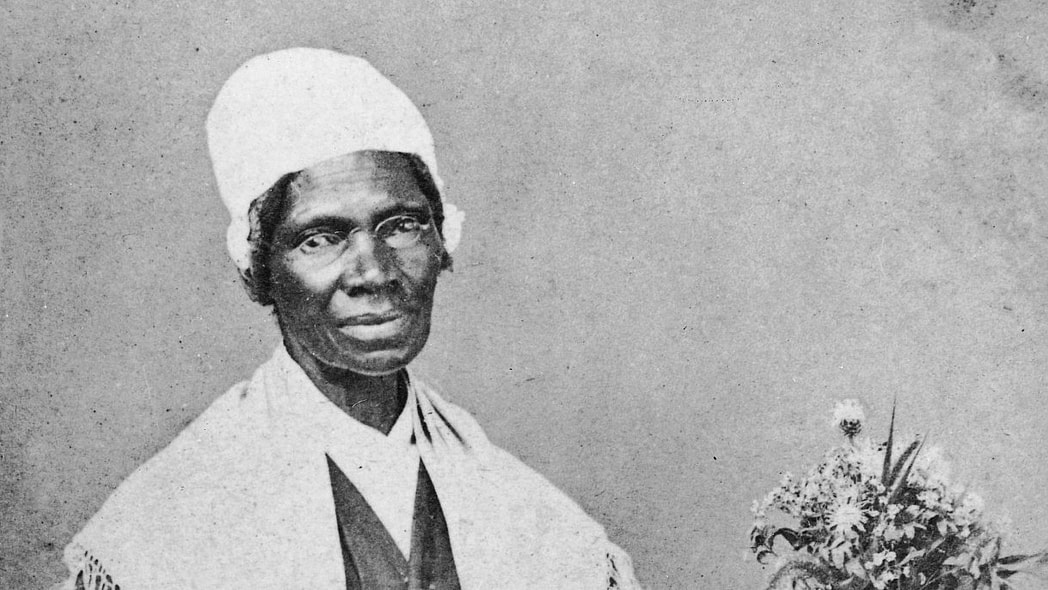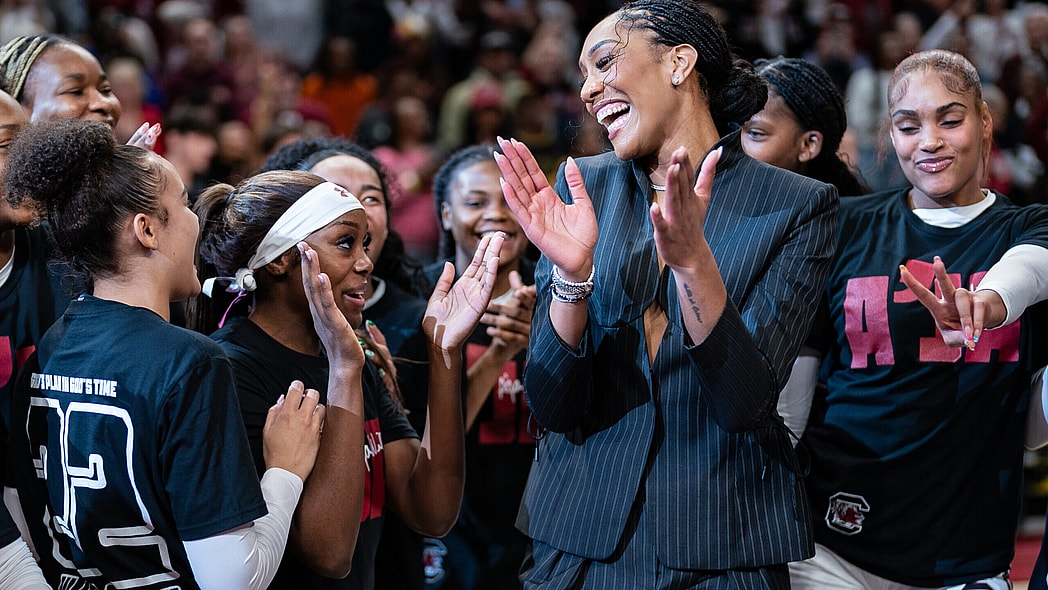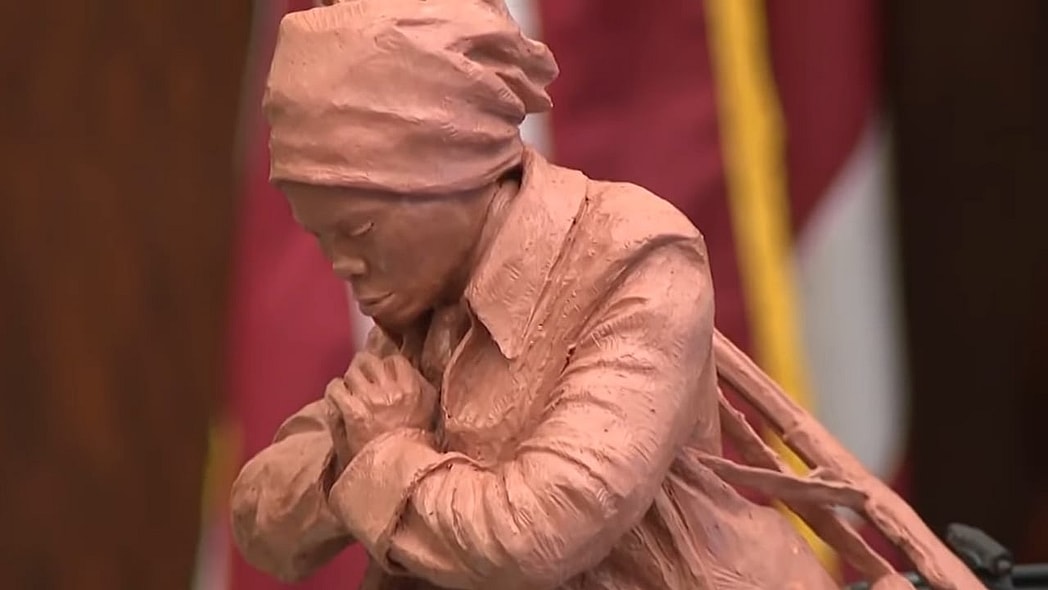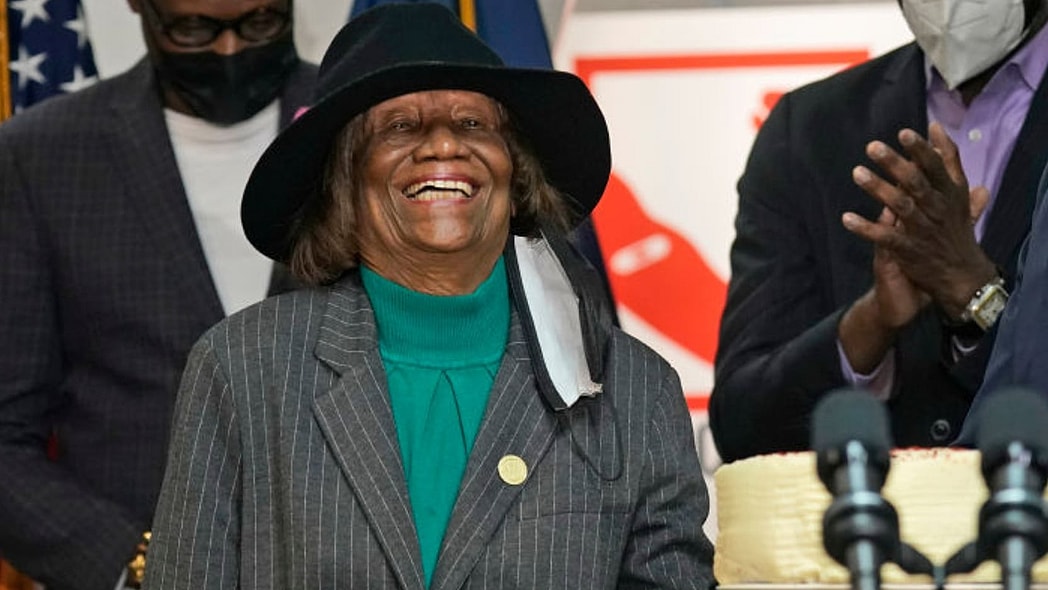Editor’s note: The following article is an op-ed, and the views expressed are the author’s own. Read more opinions on theGrio.
When the great critical race theory “debate” started a few years ago, most of us saw it for what it really was — white people advocating for the whitewashing of American history.
In fact, I put the word debate in quotes above because it is quite literally a canard; critical race theory is the study of how American politics, public policy, law and many other aspects of American life have been shaped and impacted by racism, but white people turned critical race theory into a bogeyman that is here to divide the country and infect every white person in America with the awful and deadly disease of white guilt.
The anti-CRT campaign was launched in service of whiteness; it is legislated anti-Blackness, and it was done to uphold white supremacy while simultaneously preventing the sins and foibles of white supremacy from being taught or exposed. As the kids on social media say, it was and is very nasty work.
But this is a thing that whiteness does, and there are plenty of white people who willingly participate in it. American history as it is taught in American schools is mostly a white “remembrance” of what happened through the lens of whiteness, and the lens of whiteness is never going to allow white people to look like the bad guy even when they are very much the bad guy from the point of view of those who have experienced enslavement, colonialism, colonization, and imperialism at the hands of white people.
History, they say, is written by the victors. Actually, “they” never said that either, but the way whiteness and the whitewashing of history works, if you tell a lie enough times, it somehow becomes the truth and even turns into a legend about Winston Churchill, crediting him with saying something he never said in the first place.
Women
And if white people have the audacity to whitewash their own history and credit an entire famous “quote” to someone who never uttered those words, what do you think they will do with the words of Black people who say famous things that go down in history?
We’ve seen this with Martin Luther King Jr. and his famous “I Have a Dream” speech. As I’ve said in a previous column, white people have taken a powerful 17-minute speech of over 1,600 words — a speech that was speaking directly to them about their actions and policies — and whittled it down to a nine-word dependent clause that they repeatedly take out of context so they can weaponize it against Black people.
Sometimes, however, white people rewrite things about Black people because they need to create a certain narrative and portray Black people in a certain light in order to make things palatable for white people.
On May 29, 1851, Sojourner Truth delivered her famous speech at the Women’s Rights Convention in Akron, Ohio. Her speech was passionate and powerful, and it called out white men for being opposed to women’s rights.
“I am a woman’s rights,” she said at the beginning of her speech.
She goes on to later say, “As for intellect, all I can say is, if a woman have a pint and a man a quart, why can’t she have her little pint full?

“You need not be afraid to give us our rights for fear we will take too much, for we can’t take more than our pint’ll hold.”
Her speech continues, holding white men to task for wanting all the power for themselves, essentially.
She ends the speech by saying, “But man is in a tight place, the poor slave is on him, woman is coming on him, and he is surely between a hawk and a buzzard.”
That last part was revised many times in its retelling by white media because there was no way the He-Man Women Haters Club of 1851 was going to let a woman get away with calling out fragile masculinity — especially a Black woman.
And while it’s not excusable that that particular line was changed so many times in its retelling, it’s understandable because that is still how whiteness and white fragile masculinity works today.
But the entire name that the speech has come to be known by, “Ain’t I a Woman?” — a phrase that, for years we have been led to believe was part of the speech, was not ever said at all by Sojourner Truth, and that revision was made by a white woman.
This is a story about how white women allies can be as dangerous as everyone else when it comes to the lives, humanity and stories of Black women because given the opportunity to put themselves in the position of savior, they are going to do whatever makes them look good or benevolent in the annals of history.
Francis D. Gage was an abolitionist and women’s rights activist who was the president of the 1851 Women’s Rights Convention, and she was present for Sojourner Truth’s speech.
In 1863, she was appealing to a white audience and asking them to end slavery when she retold her version of Sojourner Truth’s famous speech in two articles that ran in April and May of that year in separate publications.
In her version of Truth’s words, Gage took creative license as she injected the speech patterns of Black people enslaved in the South.
It is true that Truth escaped enslavement, but she never lived in the South — she was born and raised in New York — and she only spoke Dutch until she was 9 years old, so she did not have a Southern accent either.
Truth’s true background and speaking patterns didn’t help Gage’s cause, though. She needed to present Truth in a certain light to make her a more sympathetic character to the white people she was trying to convince to end slavery. A Black woman living as a free woman in the north who is able to articulate her thoughts succinctly and clearly ostensibly doesn’t need a savior in the same way a Black woman in the south speaking broken English does.
Gage’s agenda worked, though, because the line “I am a woman’s rights” because “ar’nt I a woman?’ and that line became famous enough in history that it’s the name by which we know that famous speech.
But Sojourner Truth never said it. A white woman, writing about a speech from a Black woman who knew what she was talking about, dumbed the speech down to make that Black woman more appealing to white people.
And because “history is written by the victors,” that narrative and that detail about Sojourner Truth’s speech has become the overwhelming “theme” of it.
That, ladies and gentlemen, is some extreme bullshit.
I know Gage thought she was doing something good, and because whiteness is blinding as fuck, even white women allies with good intentions don’t realize how much harm they are doing with their actions.
Gage changed the way everyone views that speech — especially if they don’t have the background information I just provided. Hell, I was shocked to learn this history myself, and that speech was a huge assignment in my Black studies class back in undergrad.
Her actions were reductive and harmful.
Here is a side-by-side comparison of the two versions of the speech.
“This is the remix” is something we expect to hear on a hit song, not an important speech delivered by a Black woman trying to foster social change, yet here we are.
Shout out to Professor Nell Irvin Painter, who blew the lid off of this.
White allyship is a tenuous thread that connects white people wanting to do good with Black people who need white people to speak up and eradicate white supremacy, racism, and racial injustice.
It is a thread that is sometimes frayed, so thin that it can snap at any minute given the least provocation.
Sometimes it is the selvage at the end of the fabric of America, and we need to cut it off before it ruins the entire garment.
Happy Women’s History Month.

Monique Judge is a storyteller, content creator and writer living in Los Angeles. She is a word nerd who is a fan of the Oxford comma, spends way too much time on Twitter, and has more graphic t-shirts than you. Follow her on Twitter @thejournalista or check her out at moniquejudge.com.
Never miss a beat: Get our daily stories straight to your inbox with theGrio’s newsletter.










